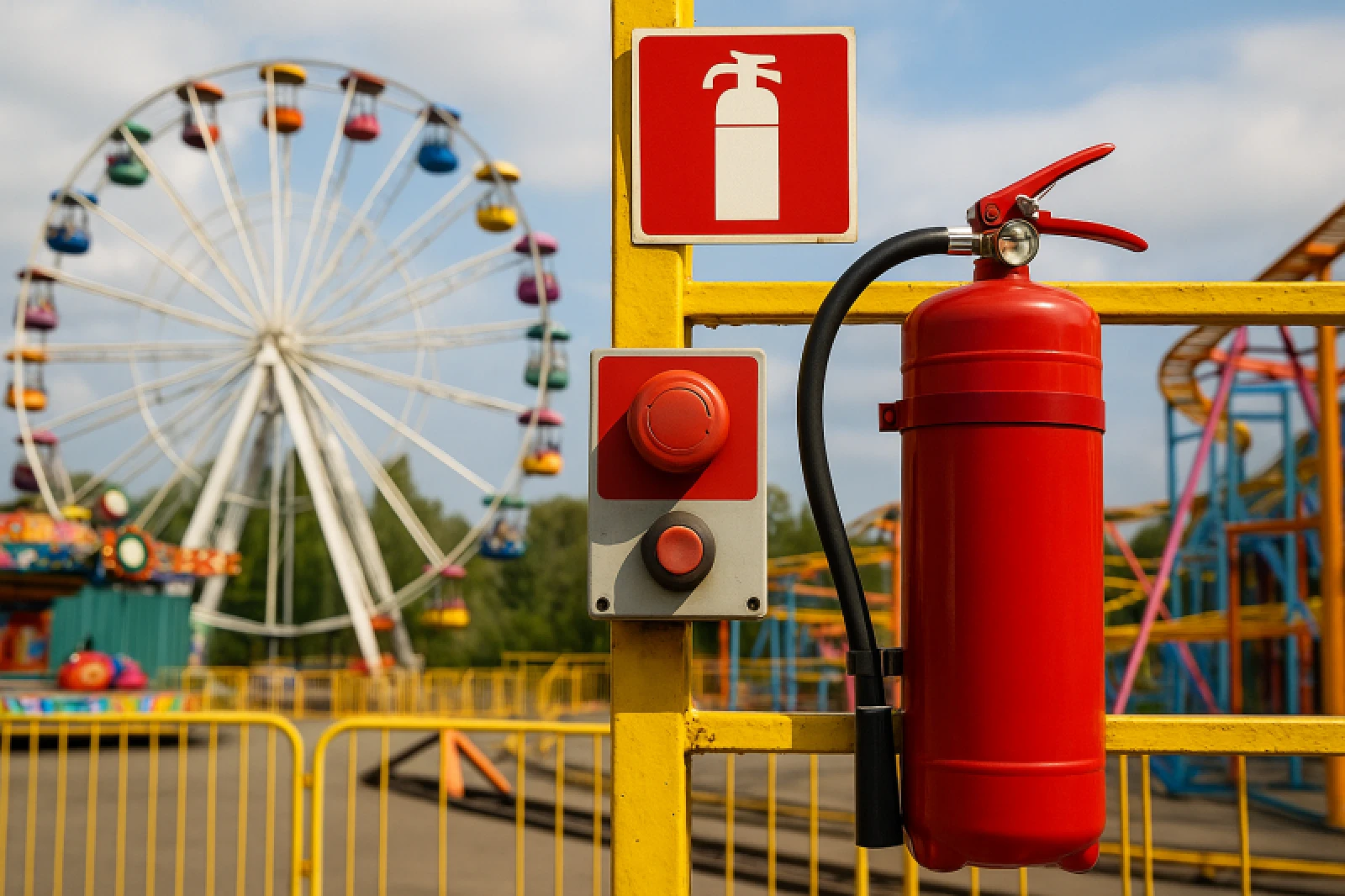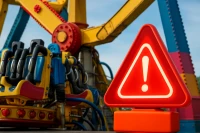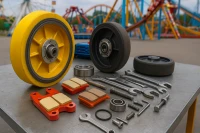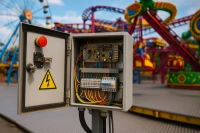Safety Control Guide for Amusement Park Operators
Safety checks in amusement parks are vital for visitor protection and business continuity. Here’s a practical guide for operators.

In any amusement park, safety comes before fun. When children board a Ferris wheel or teenagers ride a roller coaster, they expect everything to work reliably. Yet, without regular safety checks, even a minor sensor failure could lead to major incidents.
Maintaining trust requires systematic safety inspections.
Electrical and Electronic Checks
Control panels, fuses, and sensors must be tested regularly. In humid regions, proper insulation is essential. A wet cable or loose connection can suddenly halt a ride. Safety İnspections and Testing save lives.
Mechanical Safety Tests
Hydraulic and pneumatic systems should be inspected for pressure stability, and worn parts like belts and chains must be monitored. Anonymous example (fictional): A Ferris wheel in Istanbul was shut down for a day because neglected brake system inspections led to a sudden fault.
Fire and Emergency Equipment
Fire extinguishers, emergency stop buttons, and evacuation routes must be tested weekly. Ensuring they function properly minimizes risks.
Practical advice:
- Document test reports after each inspection.
- Schedule weekly safety checks.
- Keep spare critical parts on hand.
In conclusion, safety controls in amusement parks are not just legal requirements but also essential for customer satisfaction. Consistent inspections reduce risks and strengthen operational reliability.





